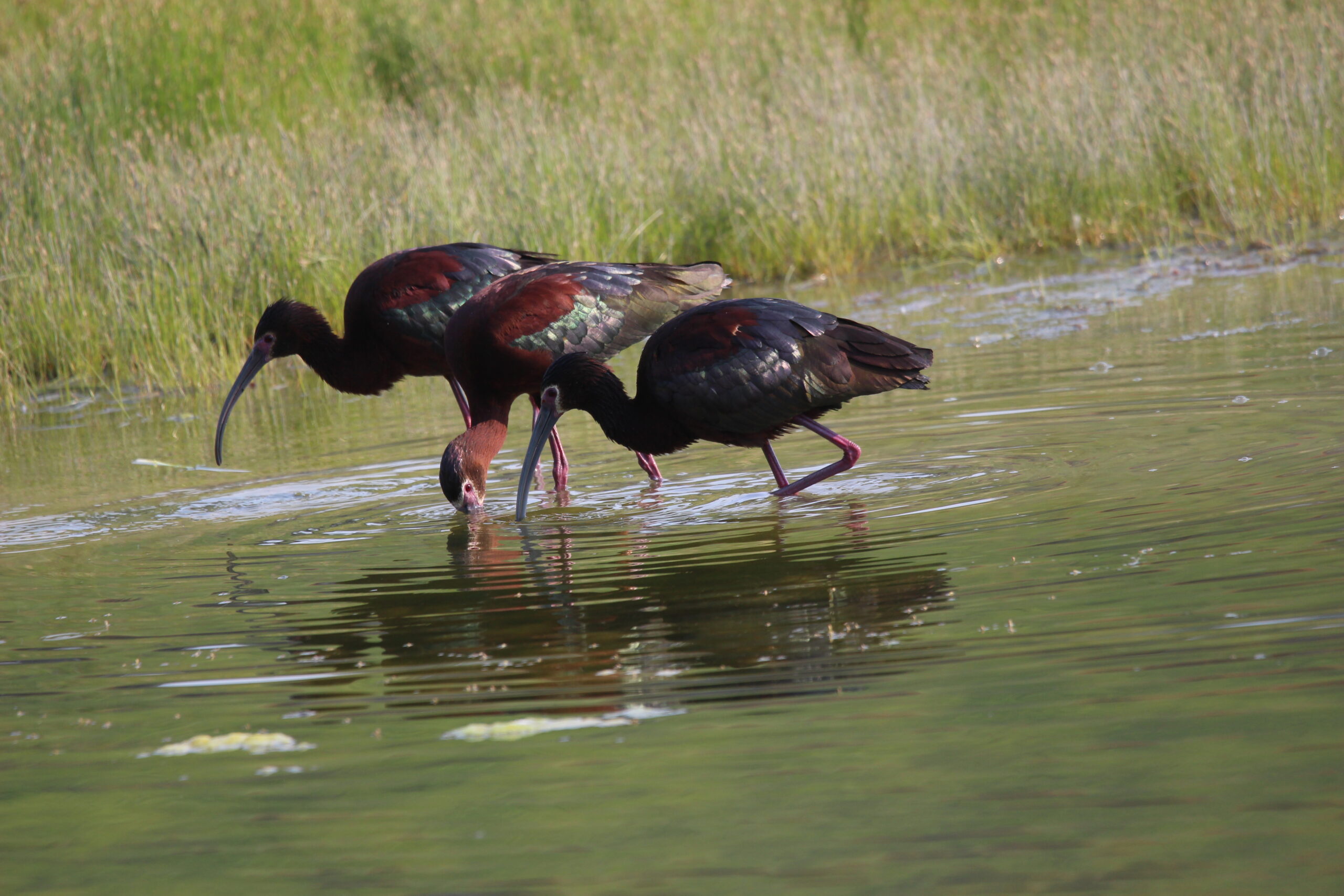Arguably the most demanding race on the planet, the Iditarod is a sled dog race which takes place each March in Alaska, between Anchorage and Nome, a distance of approximately 1,100 miles (1,770 kms) and partially follows the old Iditarod Trail dogsled mail route blazed from the coastal towns of Seward and Knik to the goldfields and mining camps of northwestern Alaska in the early 1900s. The race itself was inspired by the heroic efforts of a team of mushers (drivers of dog sleds) who, during the 1925 diphtheria epidemic, battled blizzard conditions to deliver serum to Nome.
Susan H. Butcher (Iditarod Trail Sled Dog Race) writes: “The Iditarod crosses two mountain ranges (the Alaska and the Kuskokwim ranges), runs along the Yukon River for 150 miles (241 km), and crosses frozen waterways, including the pack ice of Norton Sound. The course length and route vary slightly from year to year, and the middle third takes alternate routes in odd and even years.
The Iditarod is the premier event in dogsled racing. The greatest challenge of the Iditarod is putting together a team of 12–16 dogs and a musher capable of overcoming all the obstacles and unexpected problems that present themselves along the course. In its early years, the race was a 20-day event, but today most teams finish in less than 10 days. The increased speed can be attributed to enhanced nutrition for the dogs and the run/rest strategy that mushers employ. There have been some changes to the equipment, but the basics of sleds and harnesses are the same as they were years ago.”
So, what type of dog has proved most effective to take part in the Iditarod over the years? As Butcher says “Although purebreds common to the most northern reaches of the Northern Hemisphere—such as Eskimo dogs, Siberian huskies, Samoyeds, and Alaskan malamutes—are sometimes used, most racing sled dogs are Alaskan huskies, a mixed breed which originated perhaps 10,000 years ago. While not an officially recognized breed, Alaskan huskies are known for their tough, durable feet, a coat that can withstand extreme weather, and an eagerness to pull. They are also generally easy to train. Alaskan huskies have no standardized conformation or physical characteristics, as they are bred for performance, but most weigh between 45 and 55 pounds (20.5 and 25 kg). Diet is an important part of preparing a dog for sled racing. High-quality dry commercial dog foods that have the proper percentages of protein, fat, and carbohydrates make up the bulk of what sled dogs eat. Many mushers will supplement dry food by adding water, meat, fat, vitamins, minerals, and digestive enzymes to obtain maximum performance from their dogs.
Each position in the sled team is carefully matched to reflect the skills, strengths and experience of the dogs. Lead dogs that understand directions are called command, or gee (right turn) /haw (left turn), leaders. Some dogs that have not yet learned these commands are nevertheless used as leads because of their instinctive ability to find snow-blown trails in open country. These dogs are called trail leaders. Directly behind the lead dogs are the point, or swing, dogs, who function as backup leaders and assist the leaders in their tasks. Directly in front of the sled are the wheel dogs. Traditionally, these were larger dogs because they had to help the musher keep a heavily loaded sled on the trail. All dogs between the wheel dogs and point dogs are called team dogs, which provide the power and endurance to pull the sled.”
Nowadays there is a strict regime of breaks for both the mushers and the dogs. All teams are required to have one 24 hour break and 2 eight hour breaks during the race.
Breaks or no breaks, there’s way too much ice and snow for my liking! Think I’ll follow the race on TV again this year.




